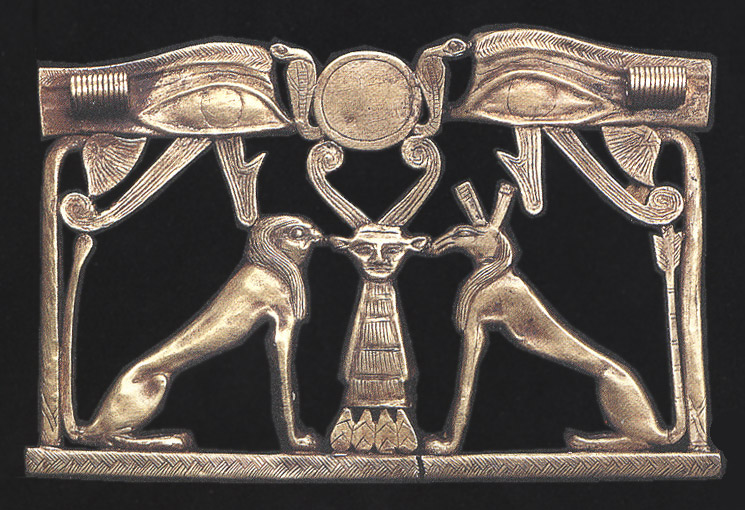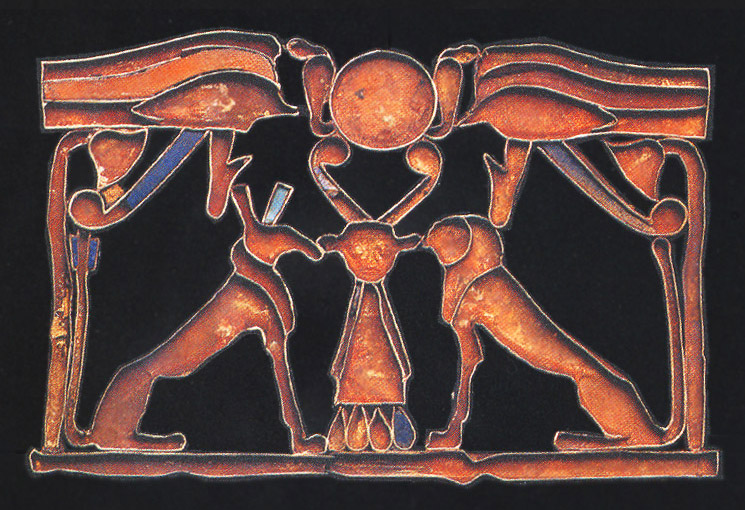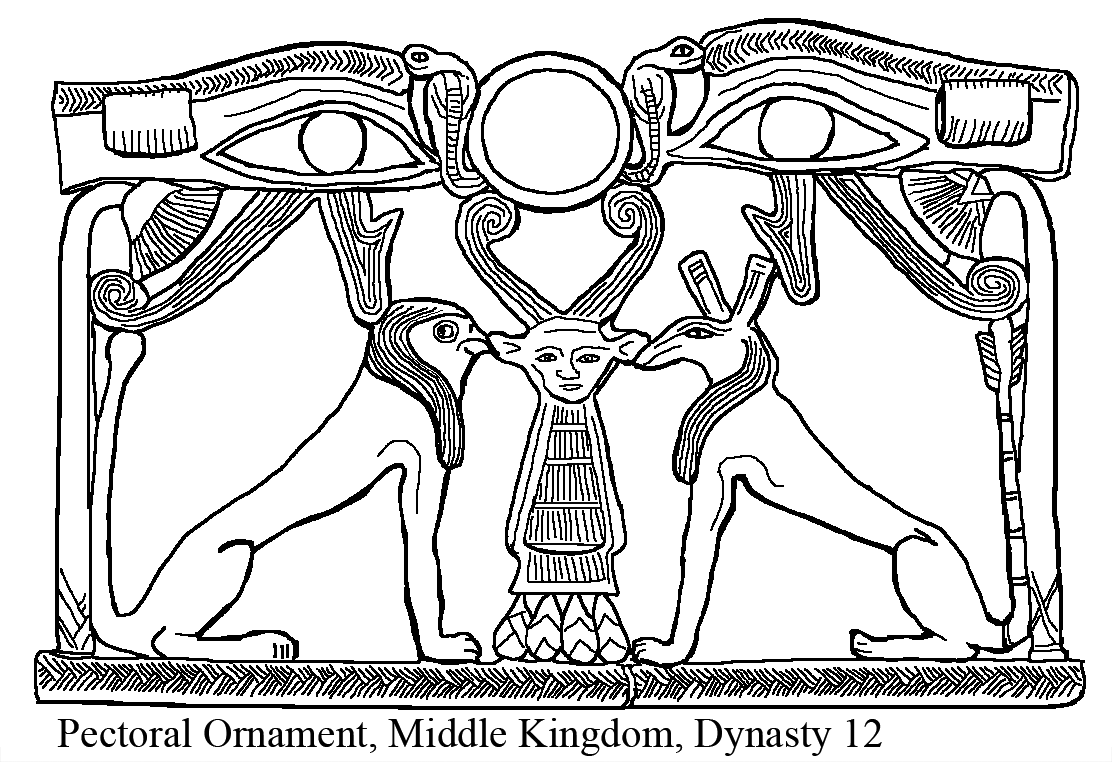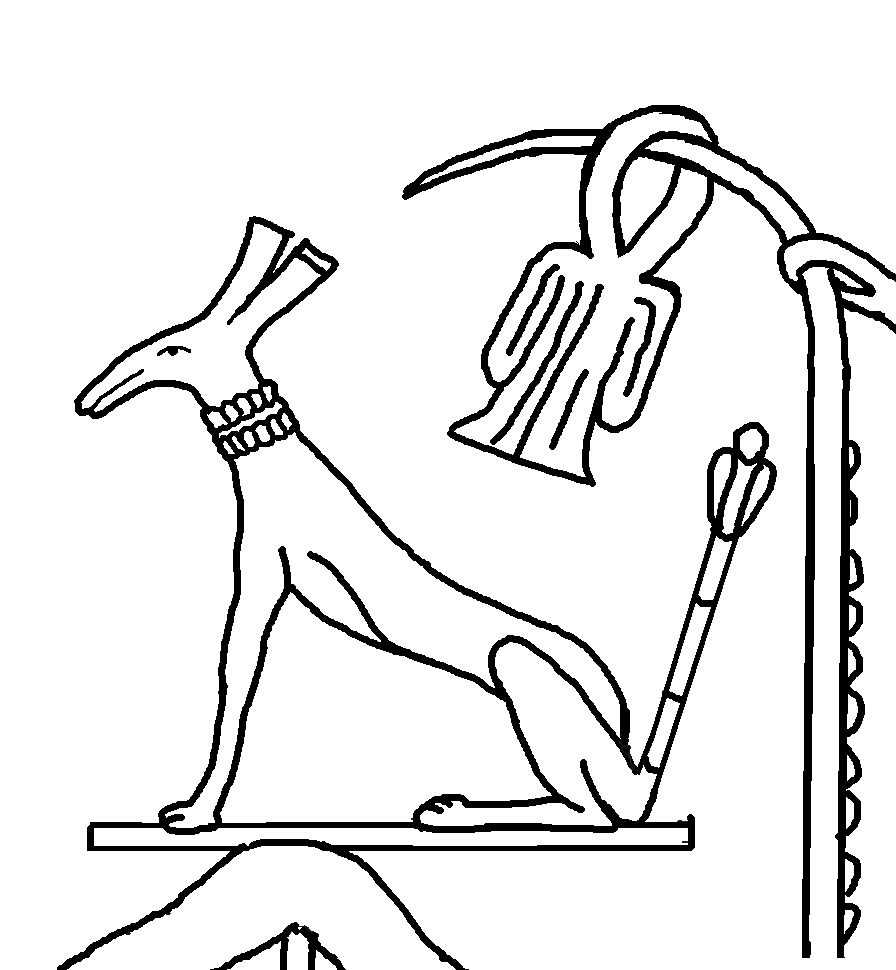
|
|
There's several Set sightings in Wilkinson's _Reading Egyptian Art. I was able to find a picture of this one on the web. This piece was from a special exhibition at the Metropolitan Museum of items from Eton college. Sadly, the Eton College Myers Museum "closed permanently and will not re-open." I began a web-hunt. I did track the ‘The small masterpieces of Egyptian art’ at the Rijksmuseum van Oudheden from 7 November 2003 until 29 February 2004. Up until October 2010, it has been a mystery. However these pieces will now have a long term home. Johns Hopkin University's Archaeological Museum will eventually have them all. Meanwhile the Barber Institute of Fine Arts in Birmingham has sixty five of the Eton pieces until January 2012. While in New York May 2009, visiting the Met museum, I bought a nice book, _Egyptian Art at Eton College: Selections from the Myers Museum_. Two photos of this lovely pectoral ornament featuring Set and Horus are in it. The side I've only seen is actually the back side which appears above. The two devices to the outside of the two large eyes are channels for the neck cord to go through. The front side "inlays of lapis, carnelian, and feldspar (?) are mostly lost, having fallen out.." So that side, with its missing inlays, is not usually shown to us. The craftsmanship is amazing, consider all this detail is packed into a piece only 1 1/2in (3.8cm) high! |

Photo from _Egyptian Art at Eton College: Selections from the Myers Museum_

Line drawing traced from the photo at top of page
|
I want to point out the canine form of both Horus' and Set's bodies:

|


